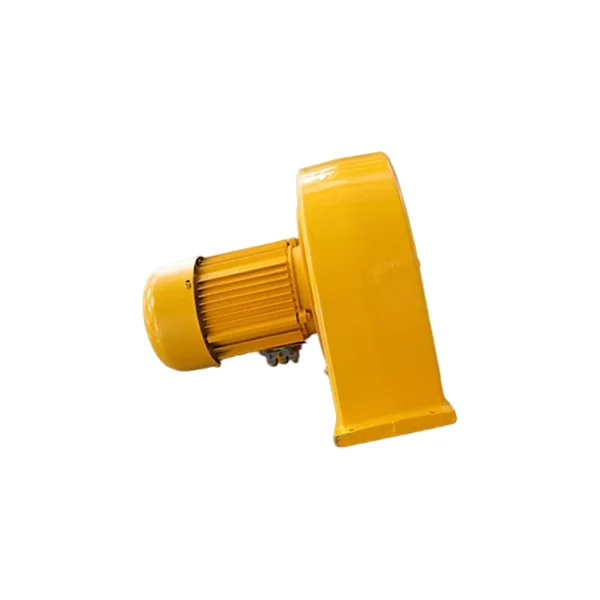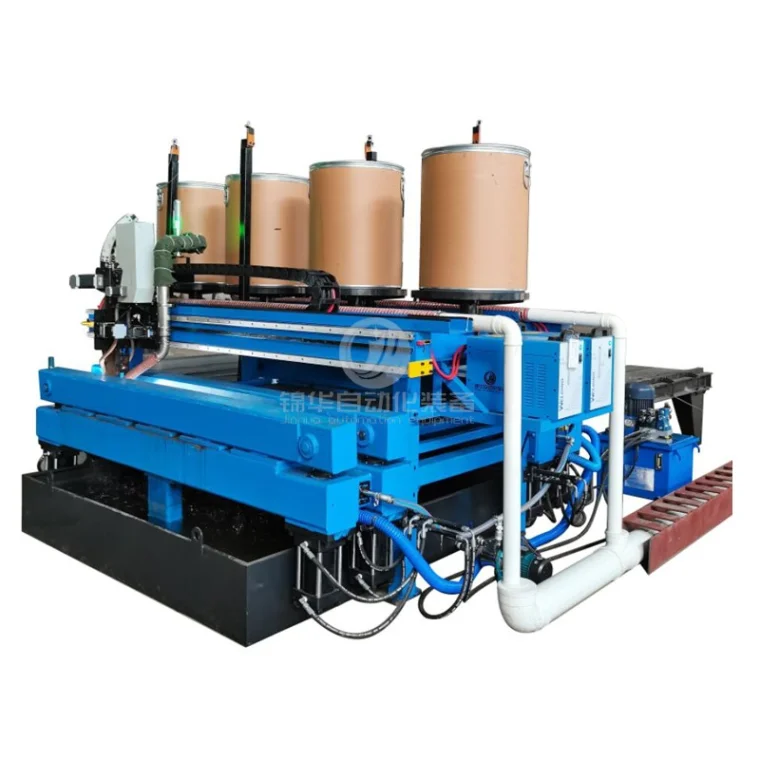The Hidden Costs of Direct Fuel Injection: Unveiling the Disadvantages
3 min readDirect fuel injection (DFI) technology has revolutionized the automotive industry by enhancing fuel efficiency and performance. However, while the benefits are often highlighted, the disadvantages of direct fuel injection are frequently overlooked. This article delves into the complexities of DFI, examining its drawbacks in detail to provide a comprehensive understanding for automotive enthusiasts, engineers, and consumers alike.
Understanding Direct Fuel Injection
Before exploring the disadvantages, it’s essential to grasp what direct fuel injection entails. Unlike traditional port fuel injection systems, which spray fuel into the intake manifold, DFI injects fuel directly into the combustion chamber at high pressure. This method allows for more precise fuel delivery, leading to improved combustion efficiency and reduced emissions. However, this advanced technology comes with its own set of challenges.
- Carbon Buildup Issues
One of the most significant disadvantages of direct fuel injection is the propensity for carbon buildup on intake valves. In traditional port fuel injection systems, fuel washes over the intake valves, helping to keep them clean. However, in DFI systems, fuel bypasses the valves, leading to the accumulation of carbon deposits over time. This buildup can result in reduced engine performance, increased fuel consumption, and costly maintenance. Regular cleaning of the intake system may be necessary, adding to the overall ownership costs.
- Increased Complexity and Cost
Direct fuel injection systems are inherently more complex than their port-injected counterparts. The high-pressure fuel pumps, advanced electronic control units, and intricate fuel delivery systems require more sophisticated engineering and manufacturing processes. This complexity translates to higher production costs, which can be passed on to consumers. Additionally, repairs and replacements for DFI components can be more expensive due to the specialized knowledge and tools required.
- Potential for Engine Knock
While DFI can improve performance, it can also increase the likelihood of engine knock, particularly under high-load conditions. The high pressure at which fuel is injected can lead to uneven combustion, causing knocking or pinging sounds. This phenomenon can result in engine damage if not addressed promptly. Manufacturers often mitigate this risk by using higher octane fuels, which can further increase operating costs for consumers.
- Fuel Quality Sensitivity
Direct fuel injection systems are more sensitive to fuel quality compared to traditional systems. The precision required for optimal performance means that low-quality or contaminated fuel can lead to significant issues, including injector clogging and poor combustion. This sensitivity necessitates a higher standard of fuel, which can limit options for consumers and increase fuel expenses.
- Emissions Challenges
While DFI systems are designed to reduce emissions, they can inadvertently contribute to increased nitrogen oxide (NOx) emissions under certain conditions. The high combustion temperatures associated with DFI can lead to elevated NOx levels, which are harmful pollutants. As regulatory standards become stricter, manufacturers must invest in additional technologies, such as exhaust gas recirculation (EGR) systems, to mitigate these emissions, further complicating the engine design.
- Maintenance and Longevity Concerns
The maintenance requirements for direct fuel injection systems can be more demanding than those for traditional systems. Regular inspections and potential cleaning of injectors and intake valves are necessary to maintain optimal performance. Moreover, the long-term durability of DFI components is still being evaluated, as the technology is relatively new compared to conventional systems. Consumers may face uncertainty regarding the longevity of their vehicles equipped with DFI.
Conclusion
While direct fuel injection offers notable advantages in terms of performance and efficiency, it is crucial to recognize the associated disadvantages. From carbon buildup and increased complexity to potential engine knock and emissions challenges, DFI systems present a unique set of challenges that can impact vehicle ownership. As the automotive industry continues to evolve, understanding these drawbacks will empower consumers and engineers to make informed decisions about vehicle technology.



